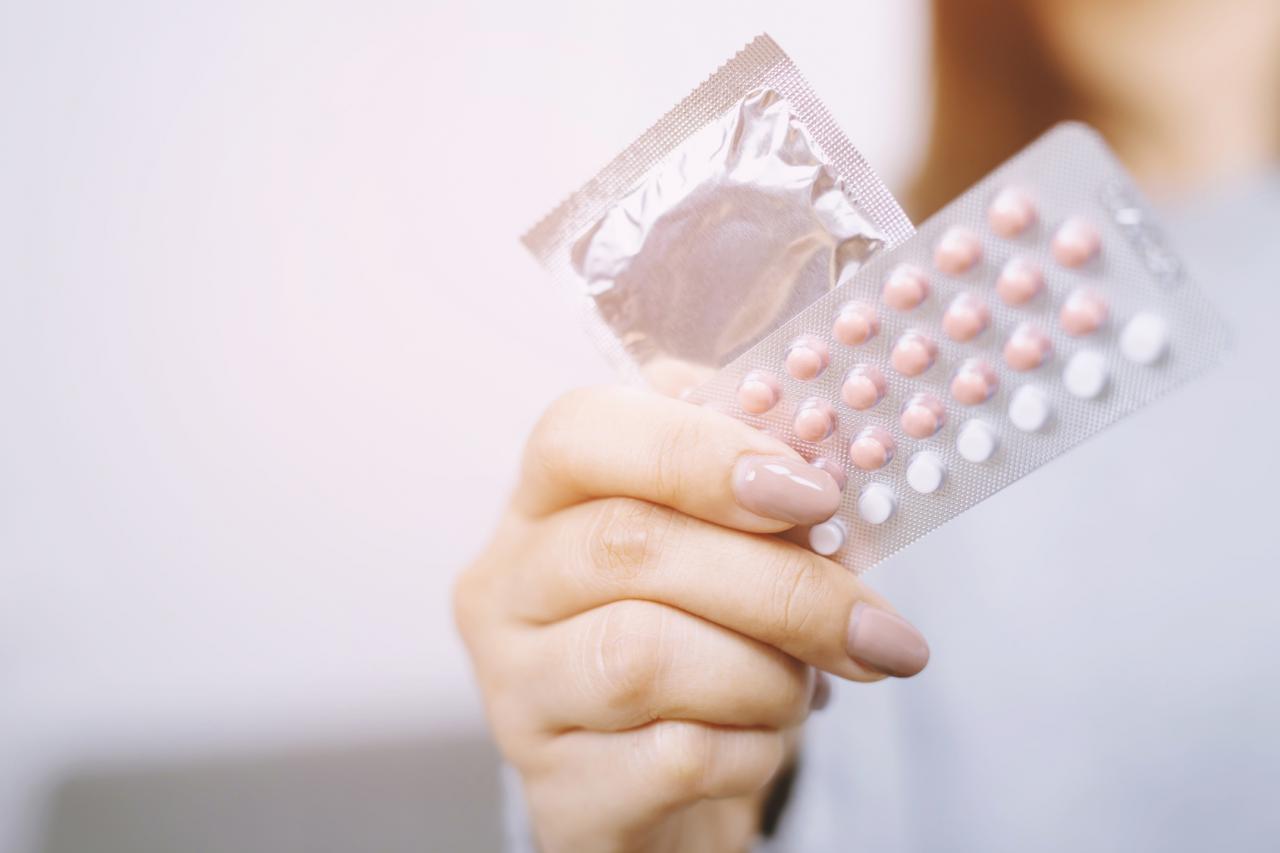 B-D-S/PhotoSpin
B-D-S/PhotoSpin
Pregnancy worries are some of the most common types of questions we get on EmpowHER. We are continually troubled by the lack of sex education or general knowledge of our teen members with regard to how their bodies work, what causes pregnancy and how to avoid it.
One of the main issues we see is young women not using birth control, or believing that the withdrawal method is as good as condoms or the birth control pill, even around ovulation time. We often advise that this is not a safe practice for many. A new study seems to confirm this.
According to research from Duke University Medical Center in Durham, N.C., about one-third of girls and young women (between 15-24 years of age) had used the birth control method of withdrawal (withdrawing the penis from the vagina before ejaculation) to avoid pregnancy at least one time.
But compared to those who used methods like birth control pills and condoms, 21 percent of women who used the withdrawal method at least once got pregnant, compared to 13 percent of women who used other methods.
Ironically, women who used the withdrawal method on a more regular basis with a partner were less likely to get pregnant. Dr. Angela Chen, an associate clinical professor of obstetrics and gynecology at University of California, Los Angeles believes this is because long-term couples have a vested interest in family planning and communicate better.
This may be due to their deeper understanding of menstrual cycles and research into more safe times to have sex than others. The author of the study, Dr. Annie Dude, said that she believes young women who use withdrawal in an emergency sense, may still think it's safe even during ovulation or ignore the risks, thus making the withdrawal method unreliable in a general sense.
Another expert who was interviewed, Dr. Kari Braaten, believes that the withdrawal method is used by those who don't take the time to prepare for sex, and simply because it's easier.
Researchers think that doctors don't discuss this method of birth control with their patients, possibly thinking it's an old-fashioned method that isn't used much anymore. They would like to see young women educated in more reliable methods, including implants that do not require much attention.
EmpowHER has a vast Birth Control Center where all aspects and choices are discussed. It's incredible how many choices the Western world has today -- so many that it's almost difficult for some to understand how anyone can get pregnant accidentally.
The goal for all women should be to only get pregnant when they want to be. Accidents do happen, we are only human. But from vaginal rings to the Pill, to implants and condoms, the choices are wide and varied (and far less expensive than pregnancy and raising a child!).
Connect to our Center here: https://www.empowher.com/media/reference/birth-control-center/
Birth control pills and condoms are far more effective in preventing pregnancy, as are implantation methods, when compared to withdrawal.
For success/failure rates, click on the CDC page for birth control statistics here: http://www.cdc.gov/reproductivehealth/UnintendedPregnancy/Contraception....
Unintentional pregnancies, despite all the options out there, are a huge percentage of pregnancies here in the United States. The Centers for Disease Control and Prevention have some staggering statistics.
According to a study published in 2011:
•In 2006, 49 percent of pregnancies were unintended — a slight increase from 48 percent in 2001.
•Among women aged 19 years and younger, more than 4 out of 5 pregnancies were unintended.
•The proportion of pregnancies that were unintended was highest among teens younger than age 15 years, at 98 percent.
•Large increases in unintended pregnancy rates were found among women with lower education, low income, and cohabiting women.
•Between 2001 and 2006, the proportion of pregnancies that were unintended —
◦Declined from 89 percent to 79 percent among teens aged 15–17 years.
◦Increased from 79 percent to 83 percent among women aged 18 and 19 years, and from 59 percent to 64 percent among women aged 20–24 years.
Source: Unintended pregnancy in the United States: incidence and disparities, 2006.External Web Site Icon Contraception. 2011;84(5):478–485.
http://www.cdc.gov/reproductivehealth/unintendedpregnancy/
There are many outlets in the United States where birth control is given out for free or at a sliding scale. Planned Parenthood is one such place, and is a national outlet.
There are also many clinics out there that offer free or sliding scale reproductive health checkup and free birth control. They can be found here: http://www.nafcclinics.org/clinics/search/
Sources:
US National Library of Medicine/National Institute of Health. "1 in 3 Young U.S. Women Uses 'Withdrawal' for Birth Control." Web. Retrieved August 6th, 2013.
http://www.nlm.nih.gov/medlineplus/news/fullstory_139501.html
Centers for Disease Control. Reproductive Health. Unintended Pregnancy Prevention. Web. Retrieved August 6th, 2013.
http://www.cdc.gov/reproductivehealth/unintendedpregnancy
1 in 3 Young U.S. Women Uses 'Withdrawal' for Birth Control. Healthday News. Retrieved August 6th, 2013.
http://consumer.healthday.com/women-s-health-information-34/birth-contro...
Reviewed August 8, 2013
by Michele Blacksberg RN
Edited by Jody Smith




Add a CommentComments
There are no comments yet. Be the first one and get the conversation started!